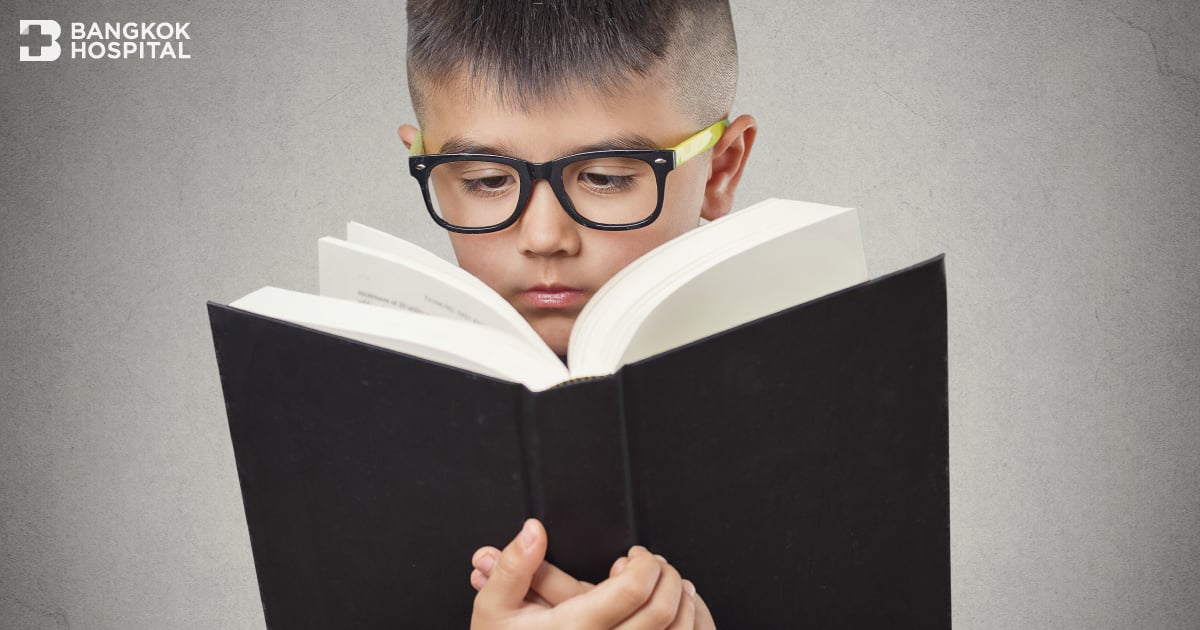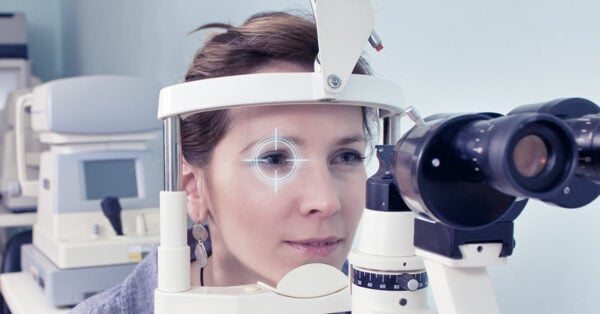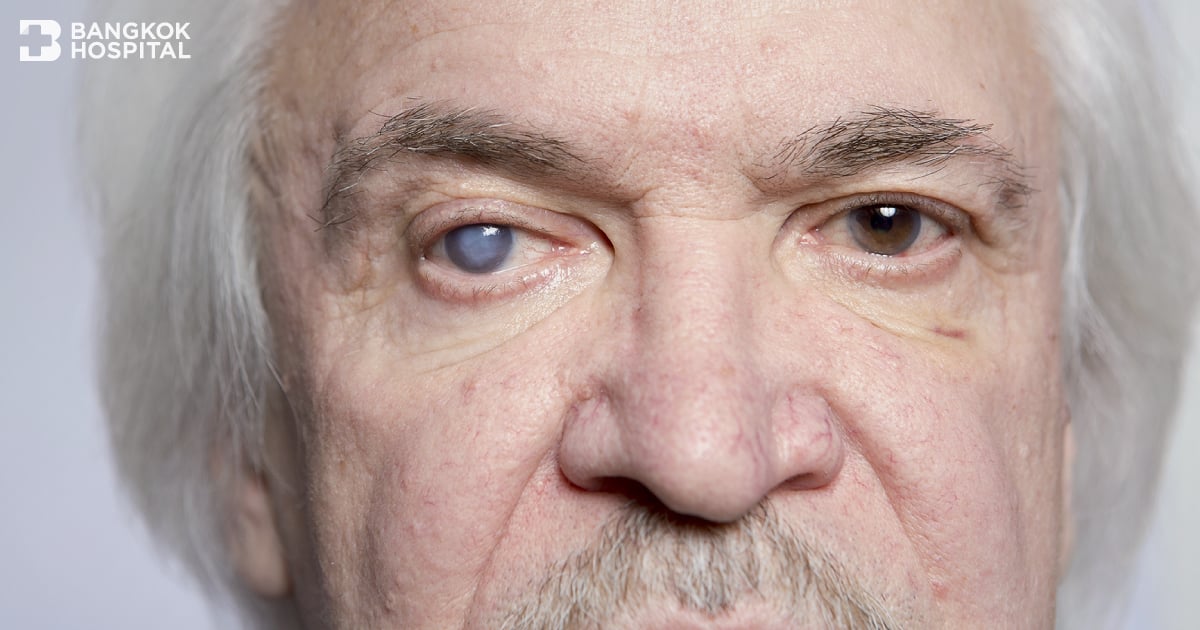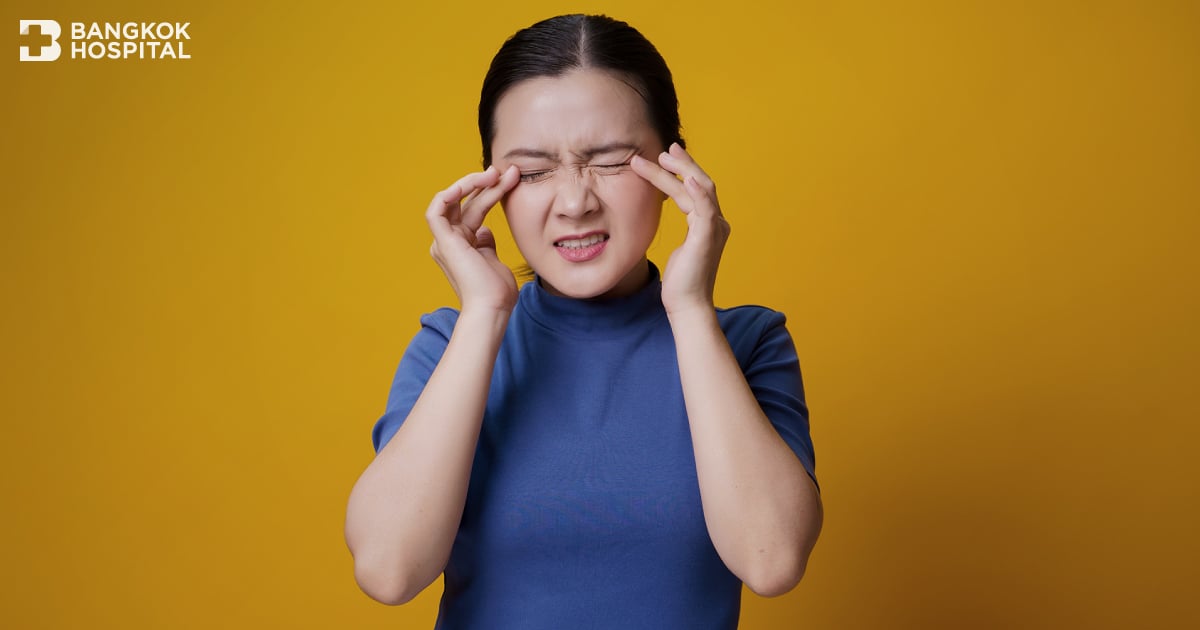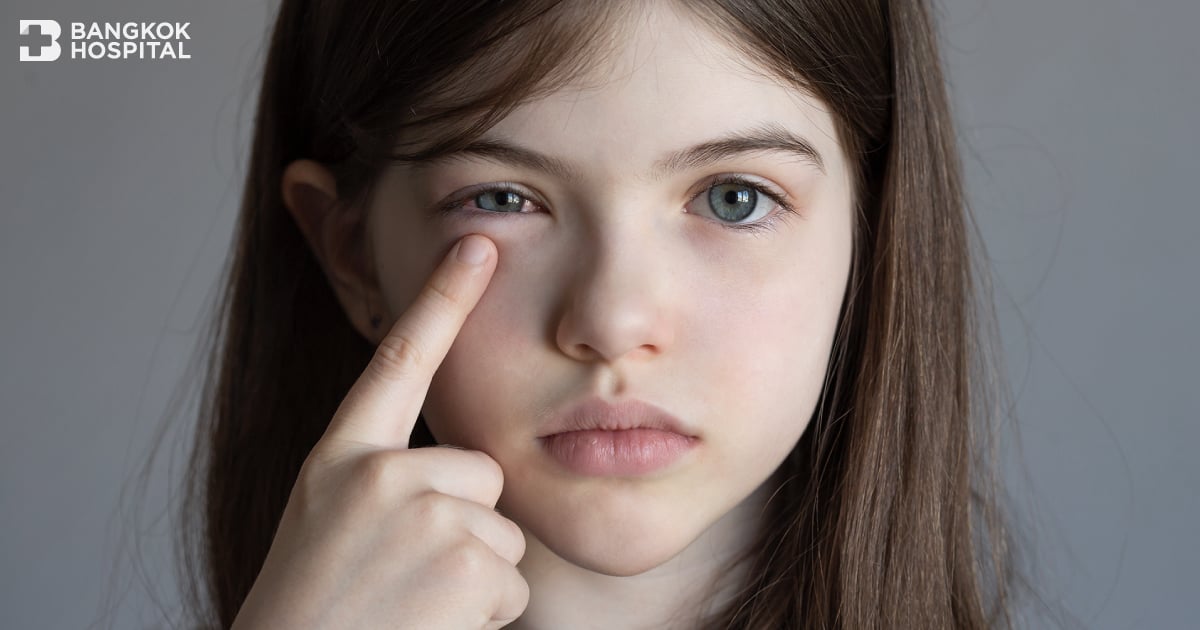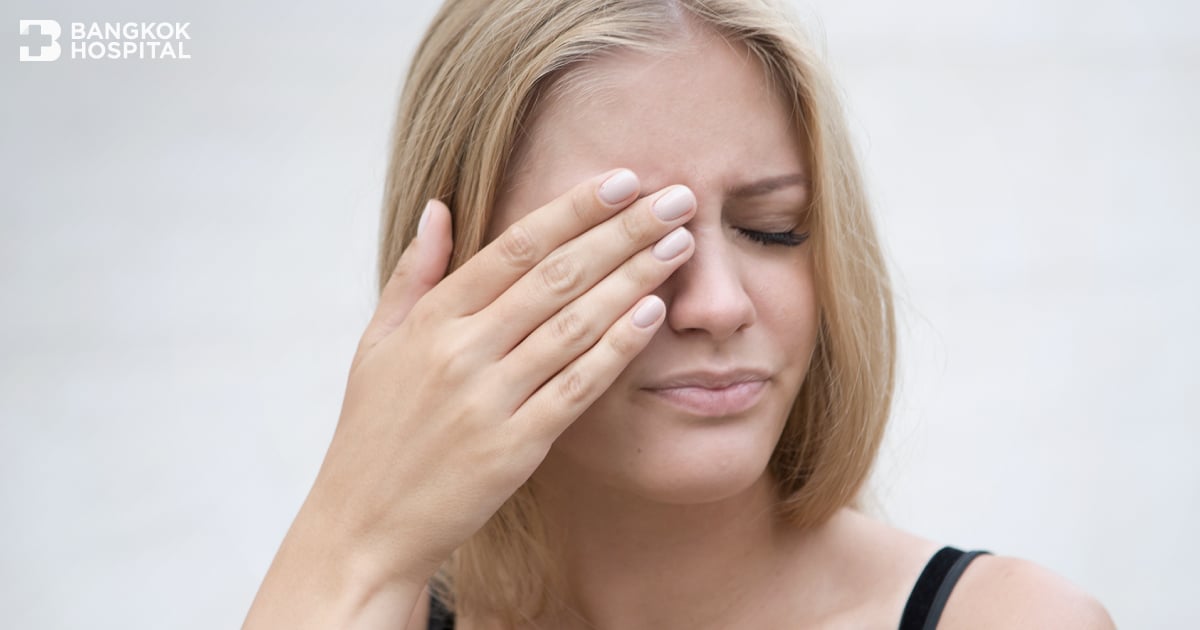Understanding Lazy Eye
Amblyopia, or lazy eye, results in diminished vision due to abnormalities in the vision development in infants or children. It occurs when the transmission of the visual signal between the eye and the brain is not fully functional, causing the brain to favor one eye over the other or to ignore the visual signal from the weaker eye, leading to decreased vision. Amblyopia usually develops in newborns up to the age of 6 – 7 years. If not properly and promptly treated, it can lead to permanent blurry vision.
Symptoms of Lazy Eye
-
Strabismus
-
Lack of coordination between both eyes
-
Having too much of short-sightedness, long-sightedness, astigmatism, or unequal vision between the two eyes
-
Blurry vision, especially for high-resolution images
Causes of Lazy Eye
Causes of lazy eye include:
-
Imbalance in the muscles that control eye movements
-
Deviation of the eye leading to the dominance of one eye due to infections or cataracts in the right eye, leading to reliance on the left eye for vision, etc.
-
Having too much of long-sightedness, short-sightedness, or astigmatism in both eyes or unevenly between the two eyes
-
Defects in the visual reception or processing organs, such as optic nerve atrophy, lesions in the retina’s receptive spot, and brain damage due to oxygen deprivation, etc.
When to See a Doctor
Normally, a pediatrician will check a child’s vision as part of a general physical examination. If there is any suspicion of amblyopia by the doctor or the parents, it is advisable to consult an ophthalmologist immediately. For all children, it is recommended to have a detailed eye examination for the first time between the ages of 3 – 5 years.
Treatment for Lazy Eye
-
Surgery is recommended if the cause of amblyopia is due to cataracts, bleeding in the vitreous humor, or droopy eyelid. Surgery should be done first, followed by vision development exercises by covering the stronger eye to stimulate the weaker eye to be used more.
-
Wearing eyeglasses if the problem arises from visual aberrations
-
Covering the good eye is used in cases of strabismus or beginning amblyopia by covering the strong eye to allow the weaker eye to work. It should be covered for at least 6 hours a day until both eyes achieve normal vision.
The success of lazy eye treatment greatly depends on the cooperation of the parent, from observing the child’s vision behavior to performing vision development exercises by covering the eye, which must be done consistently. It is important to encourage and have regular appointments with an ophthalmologist to monitor the treatment progress.

